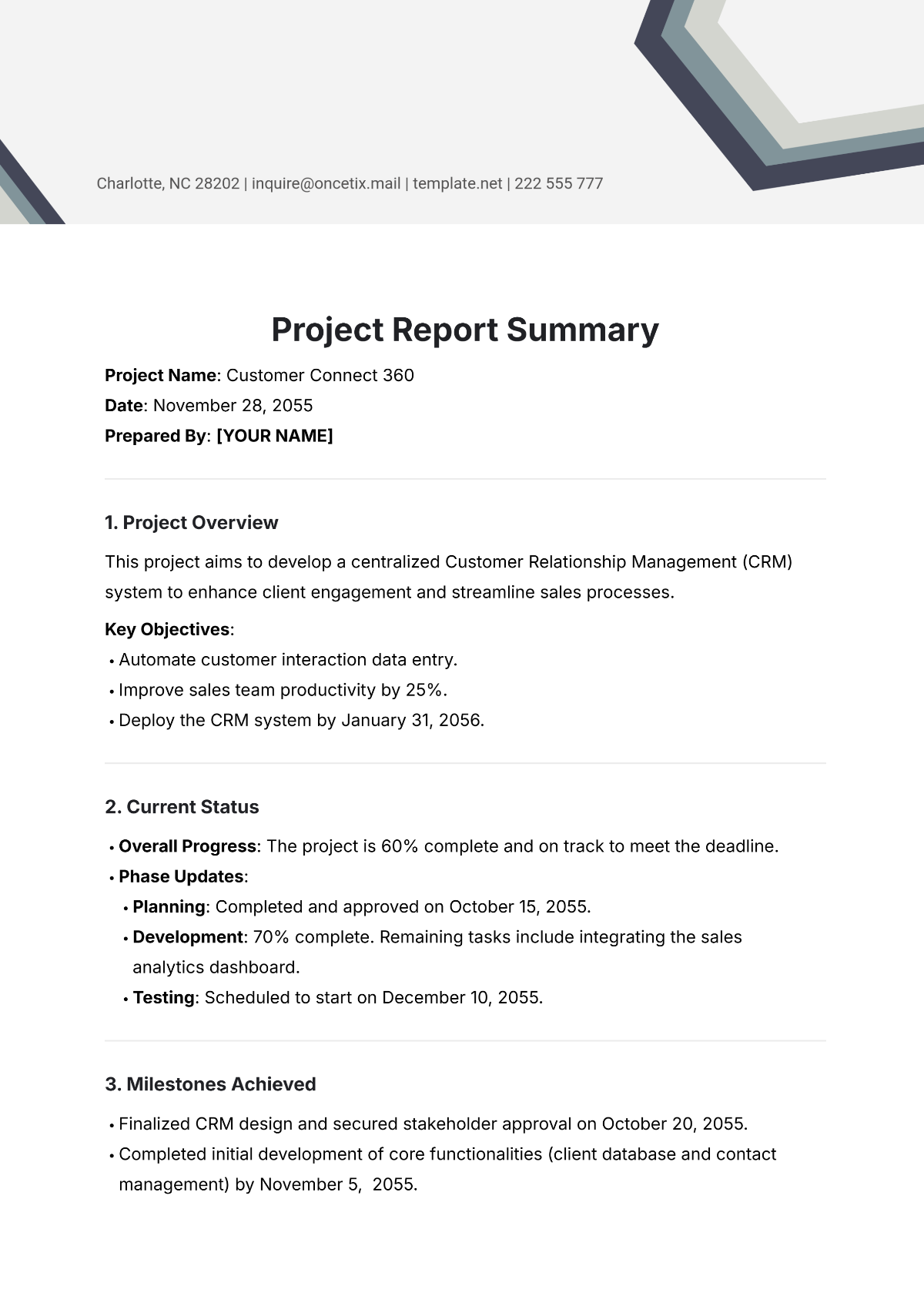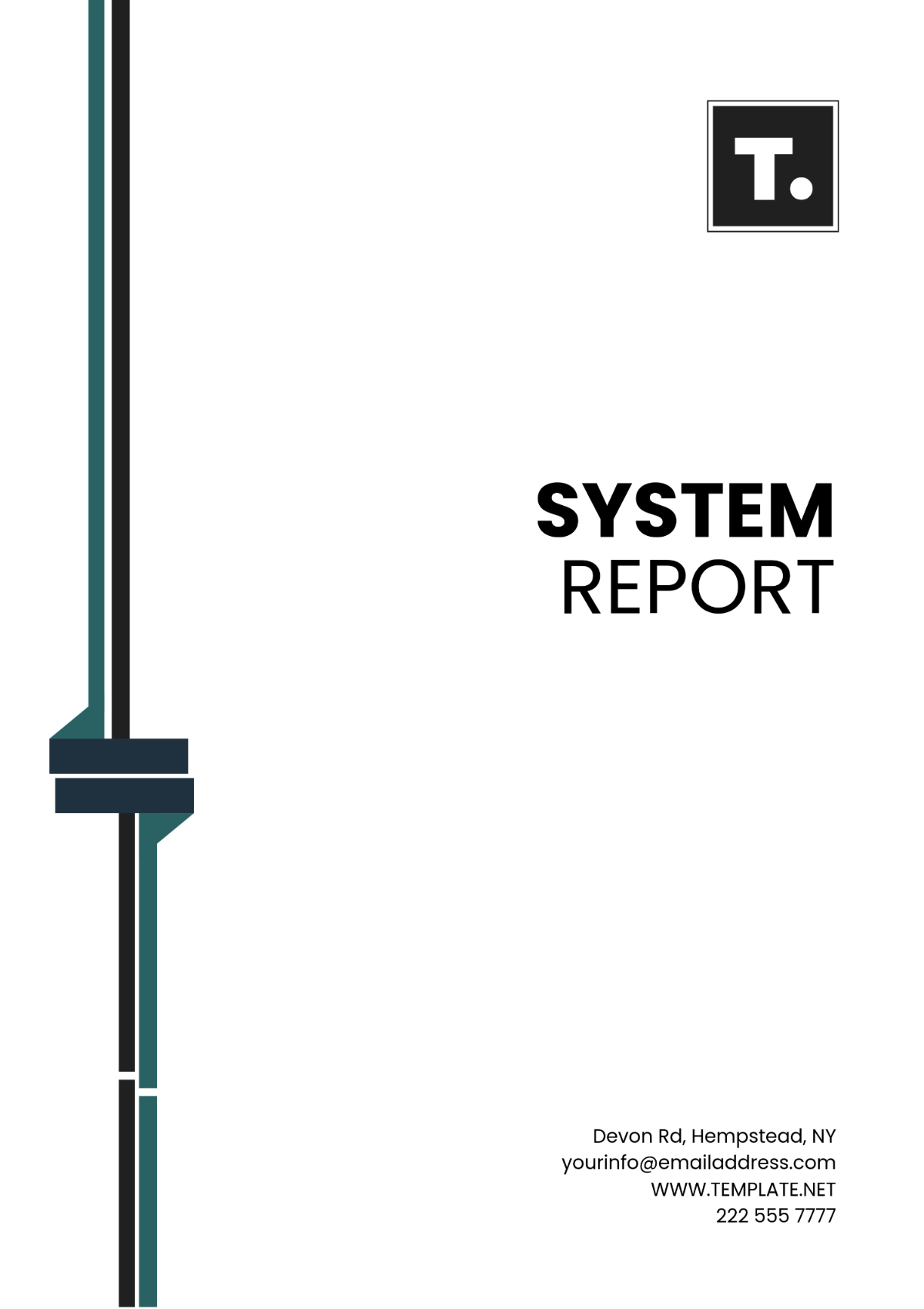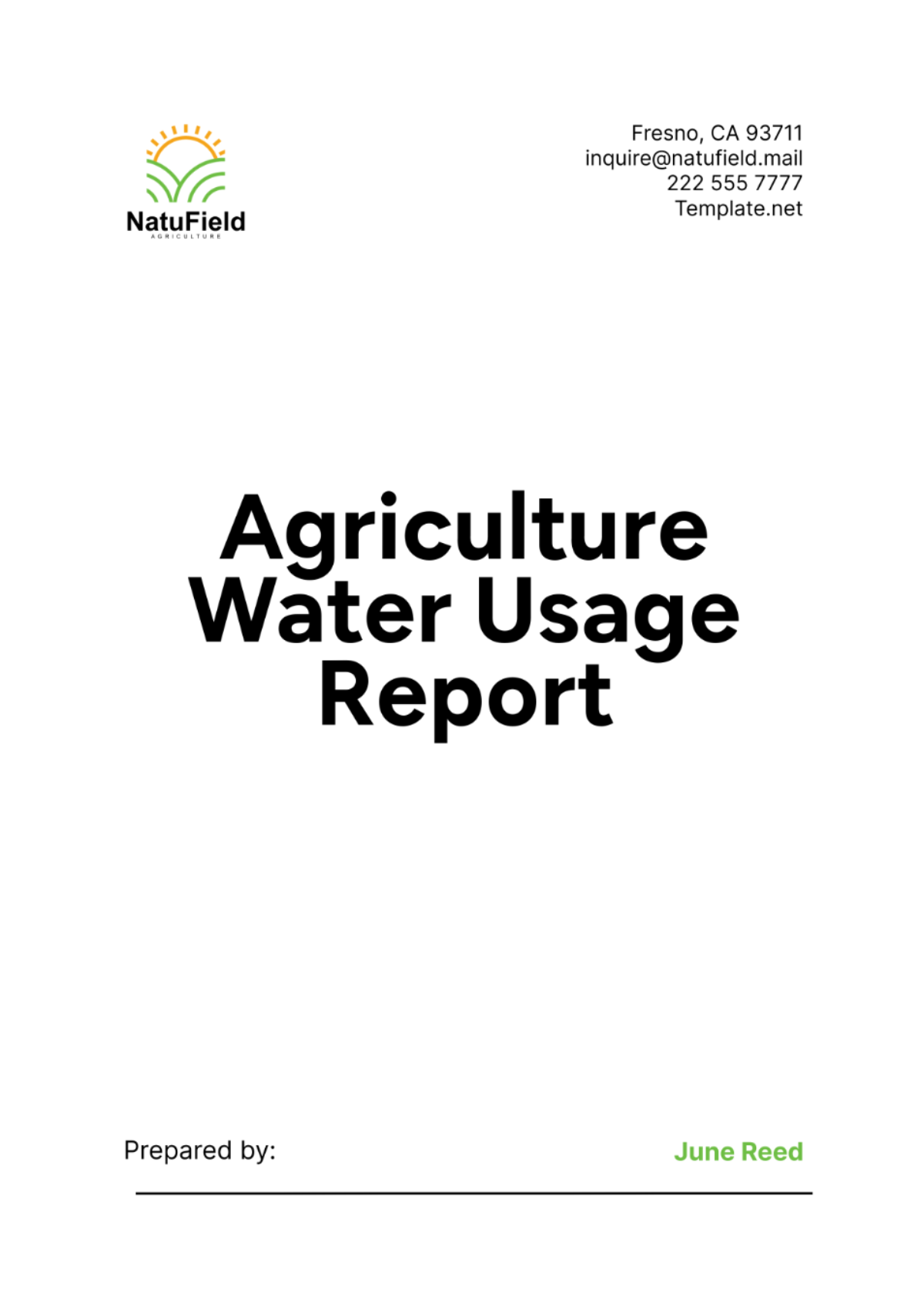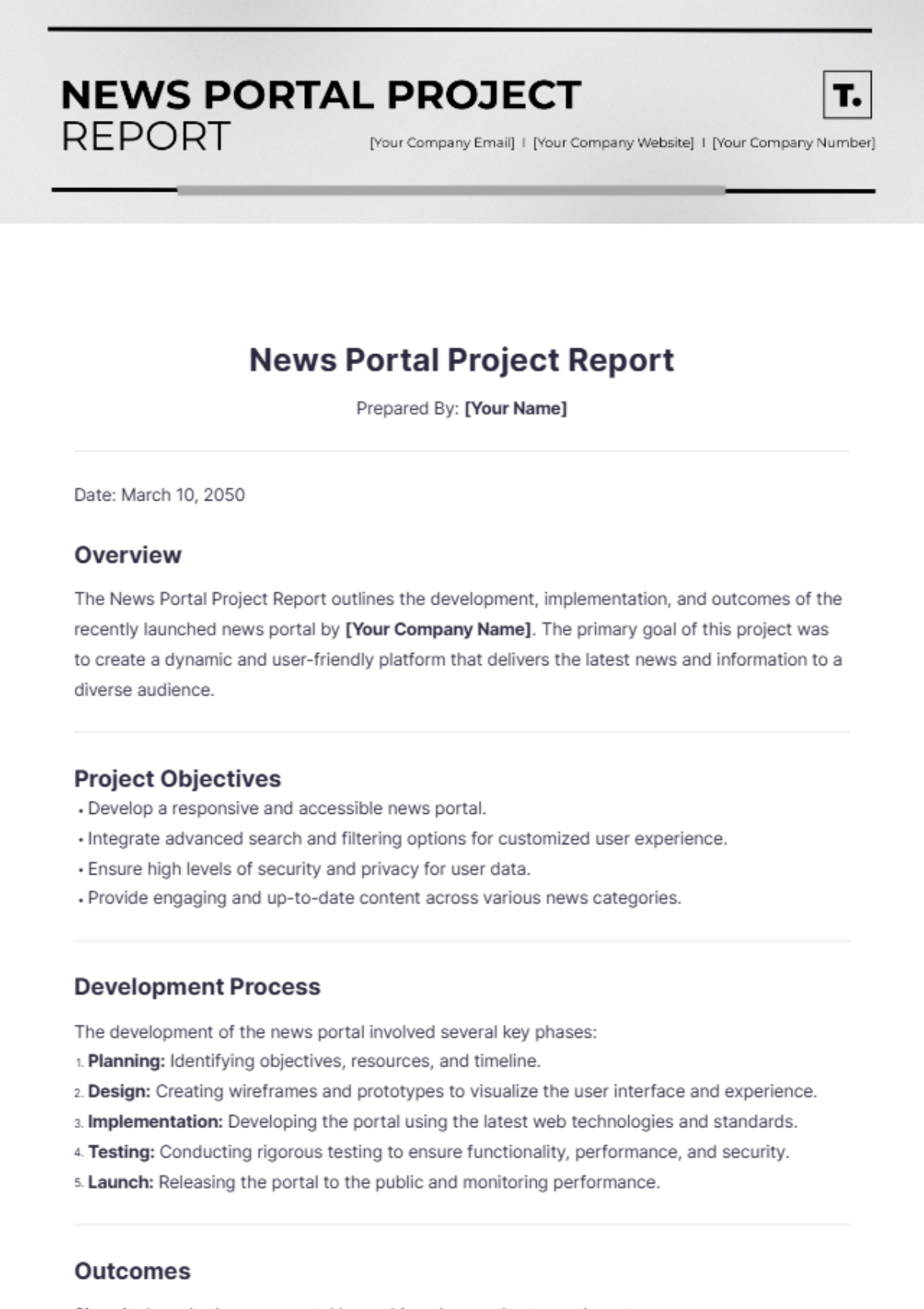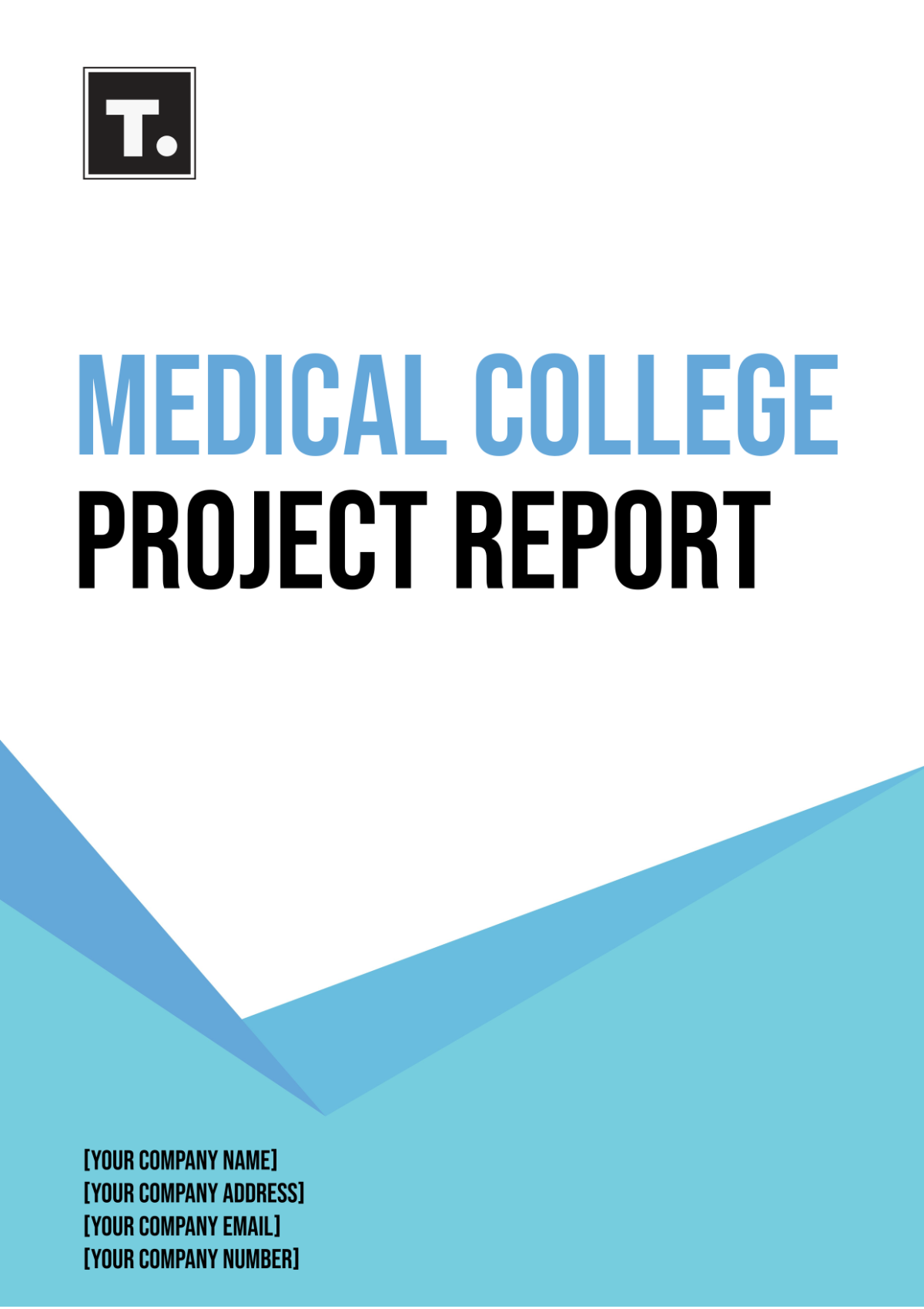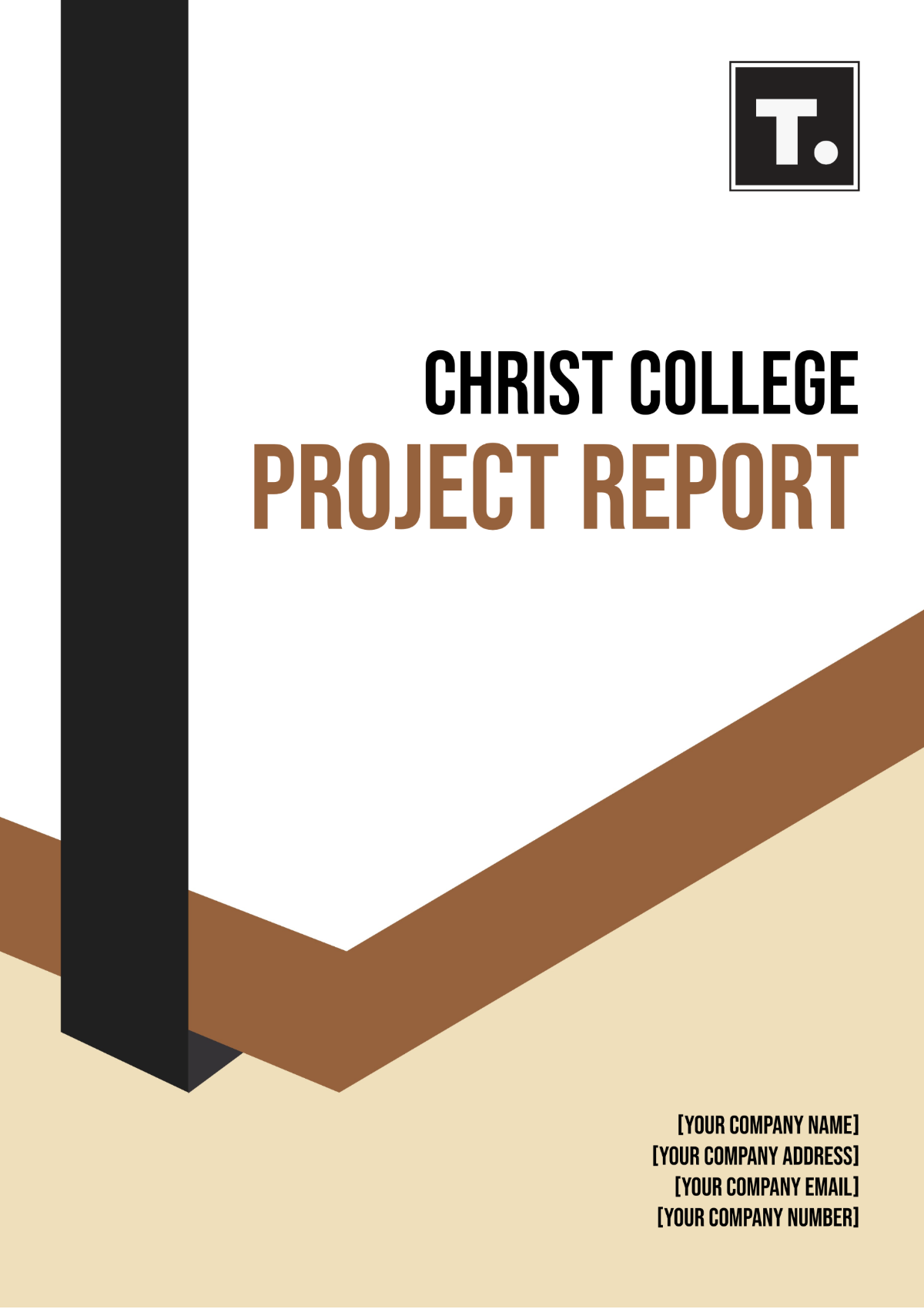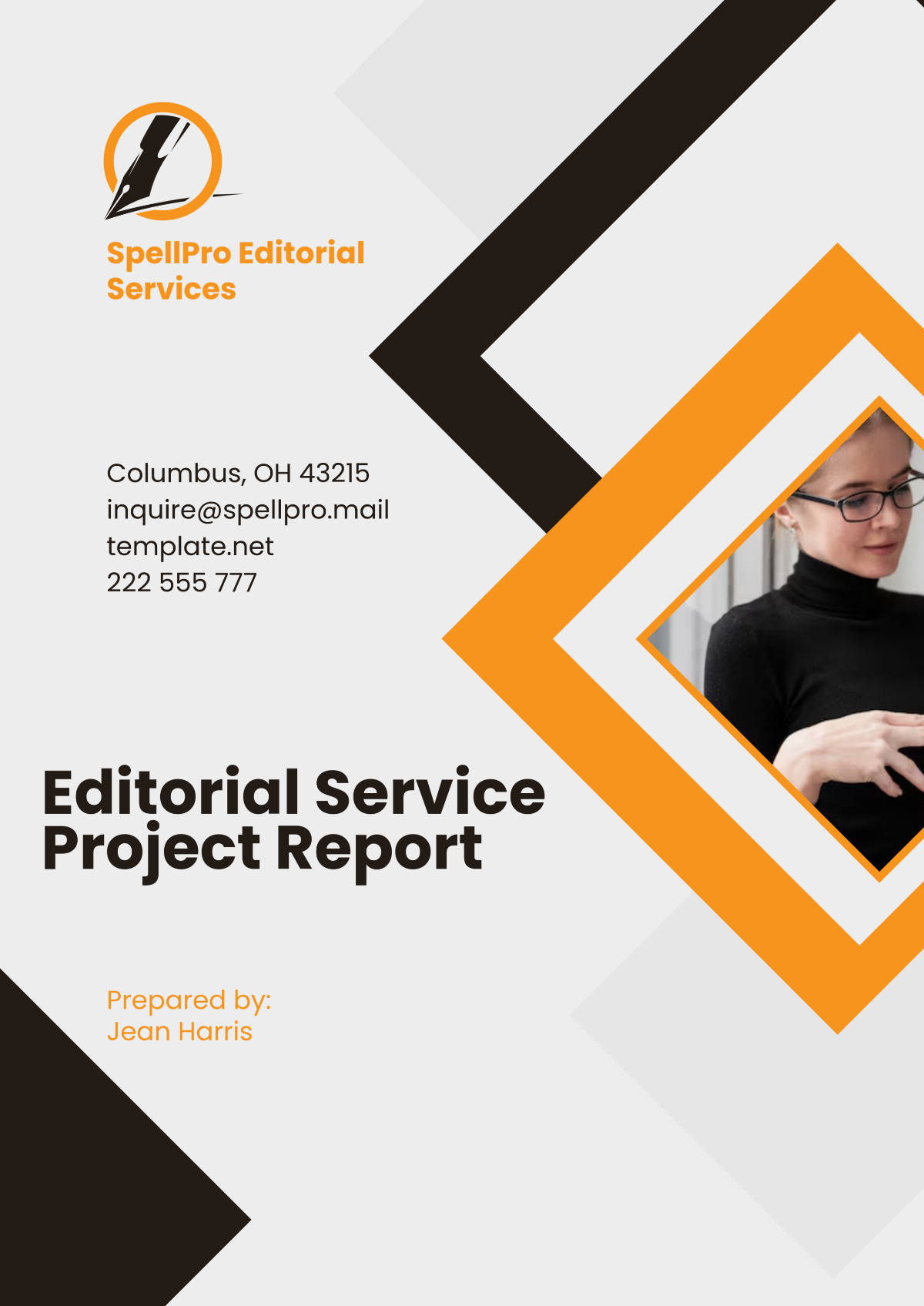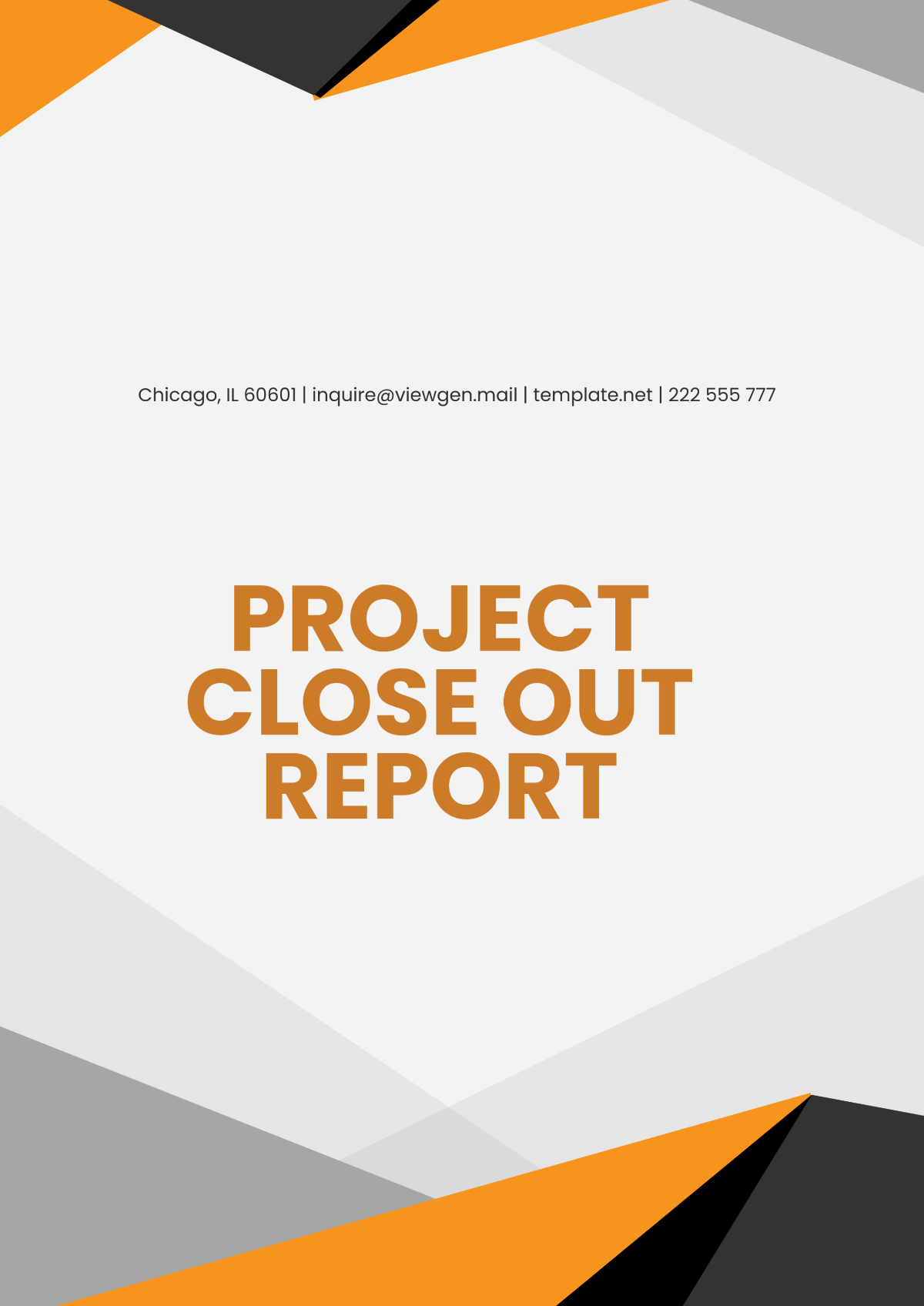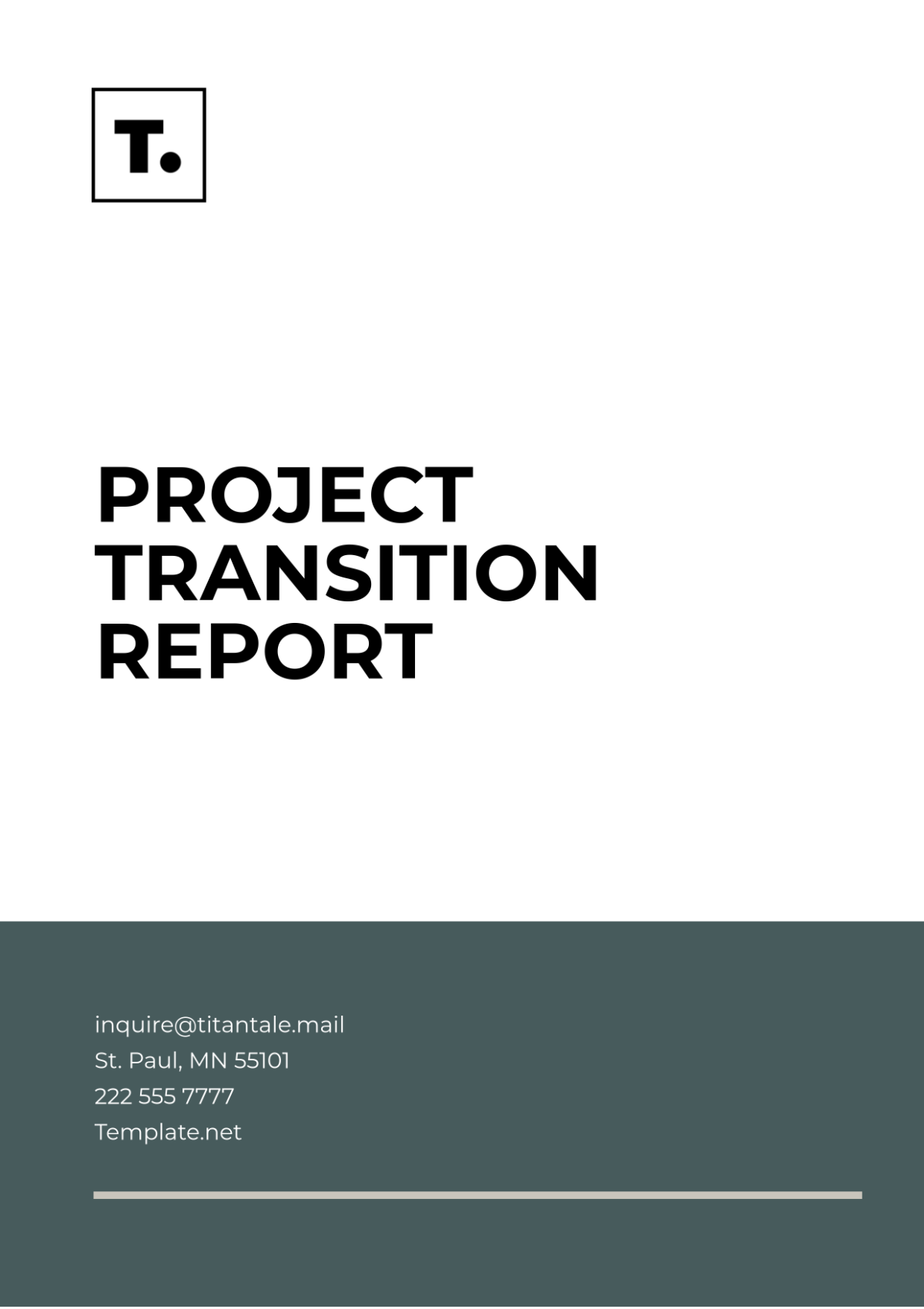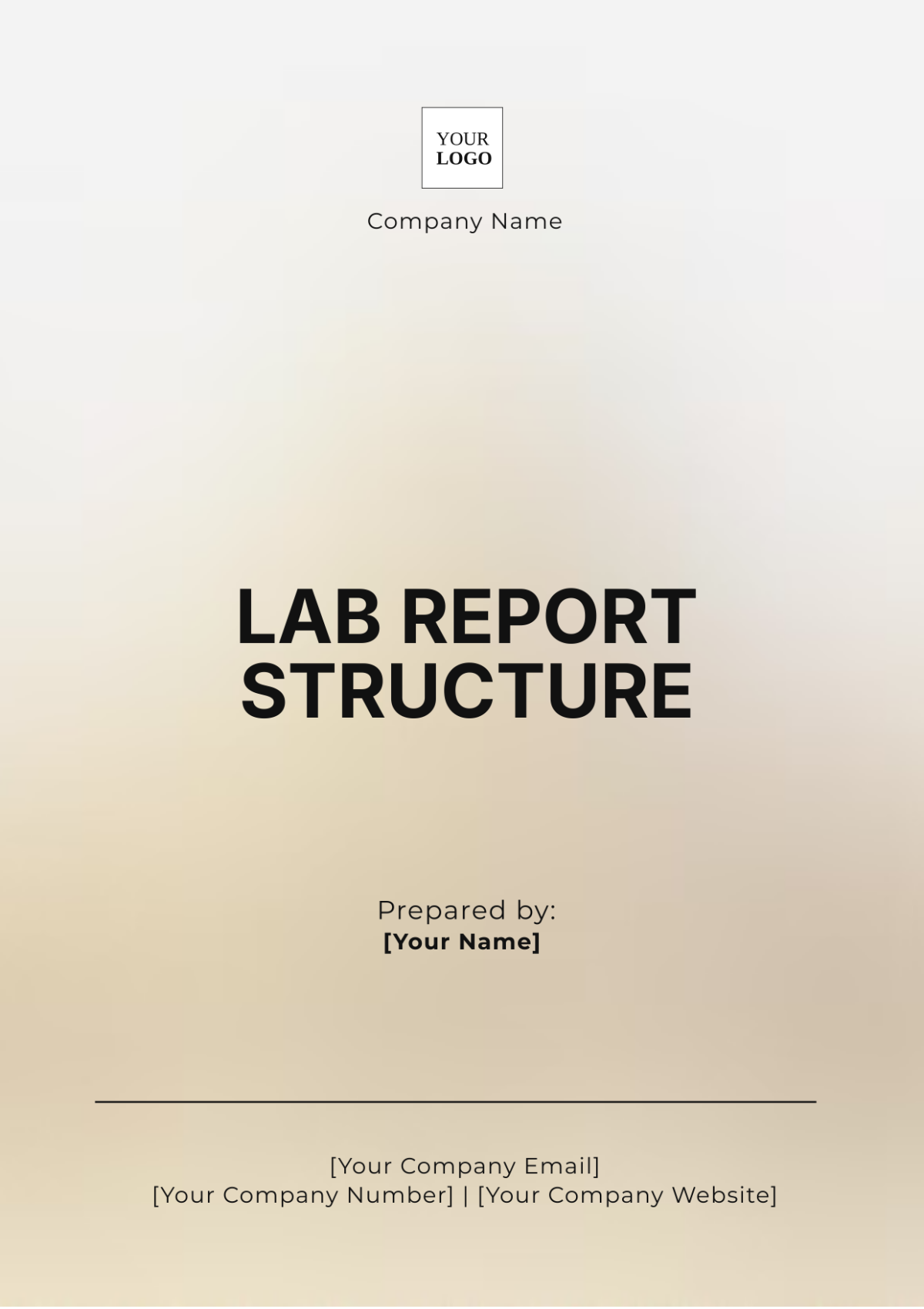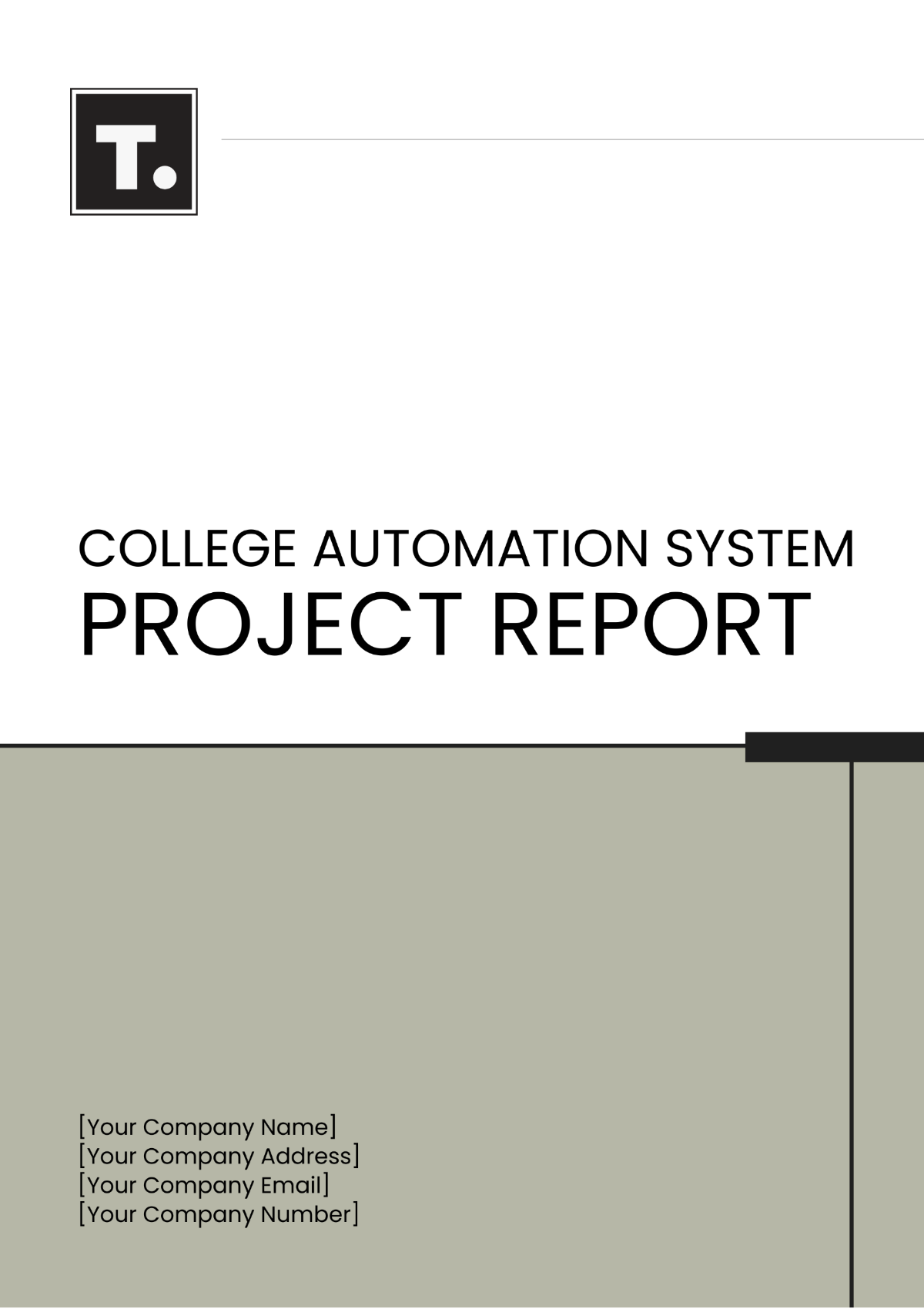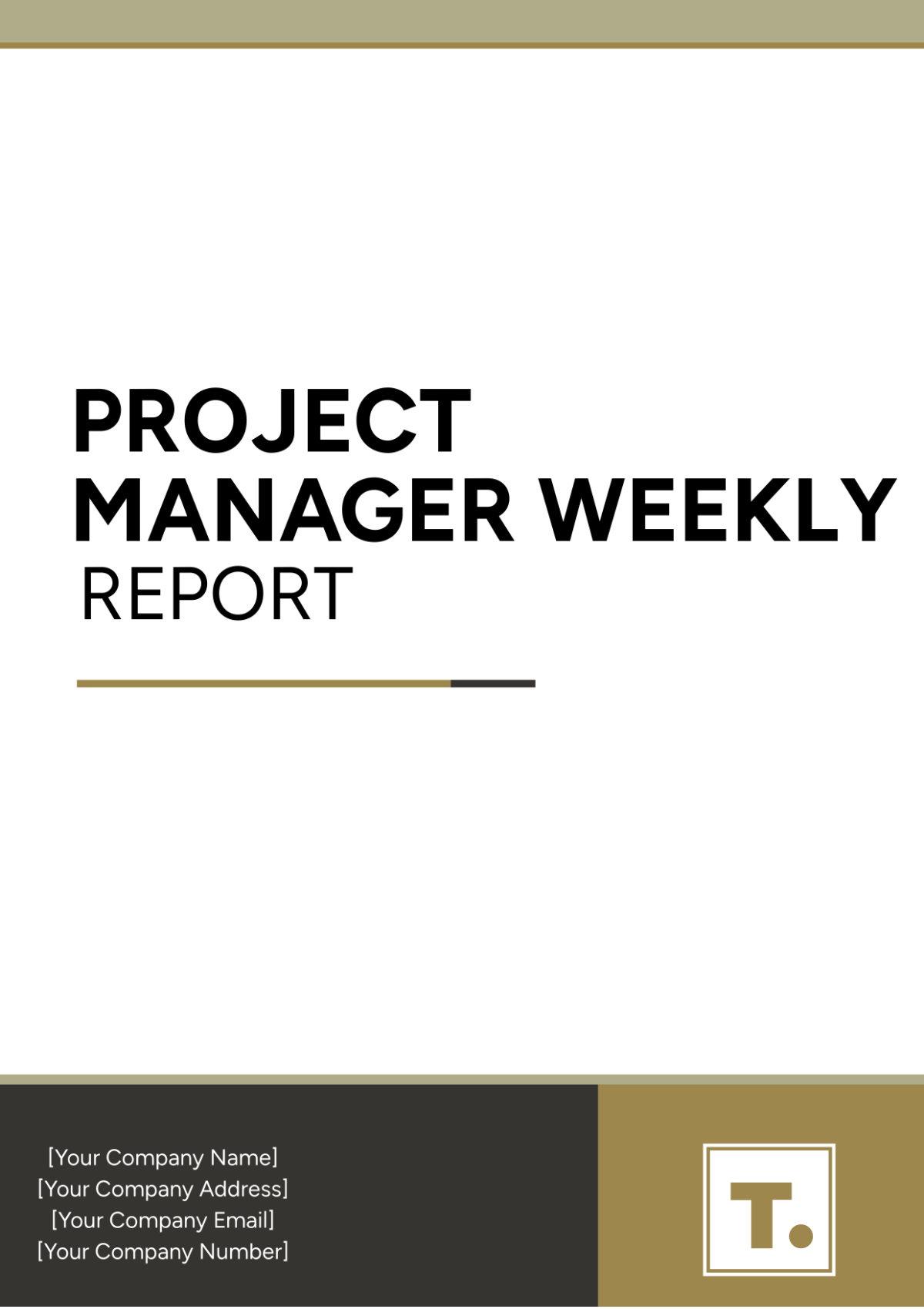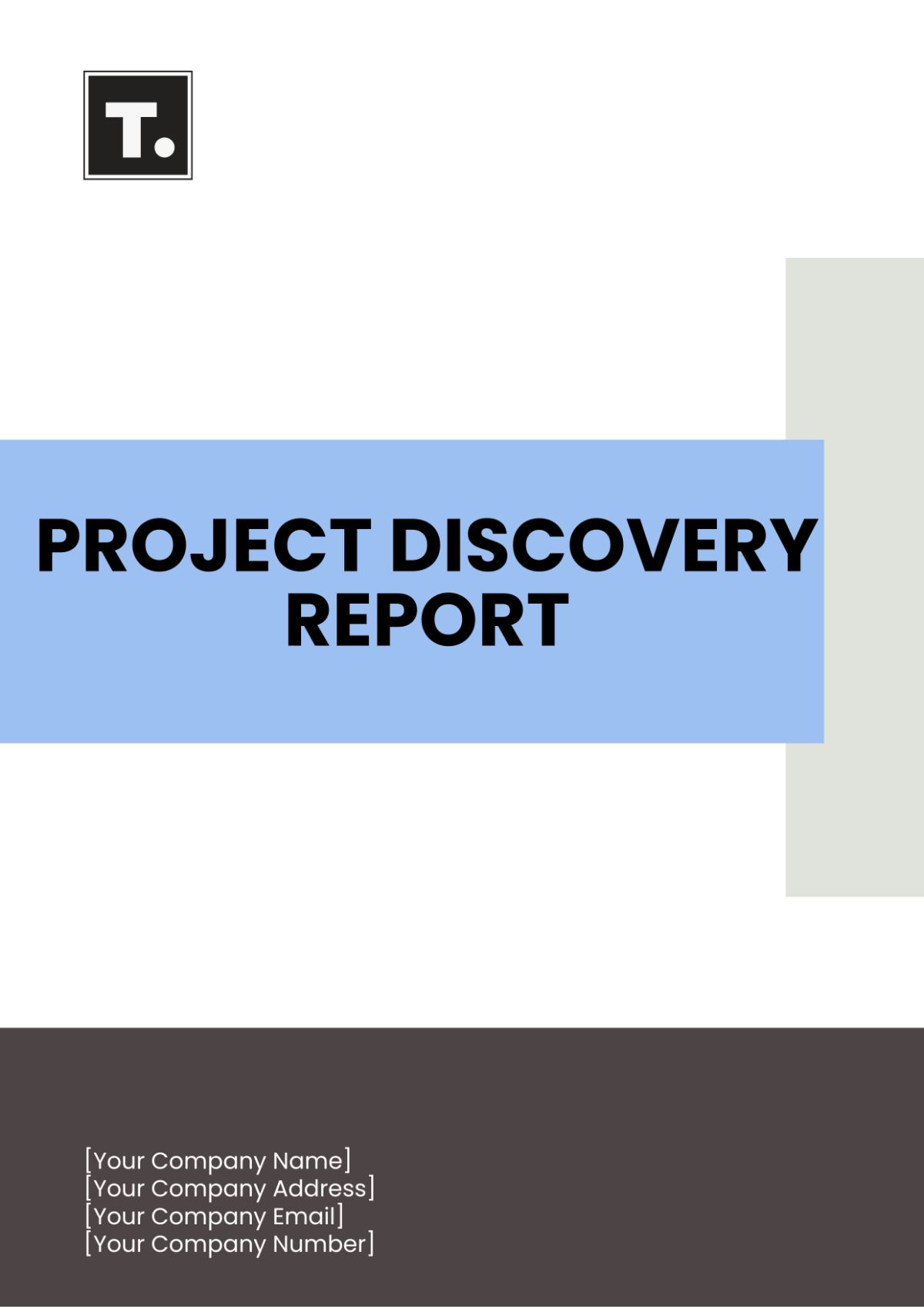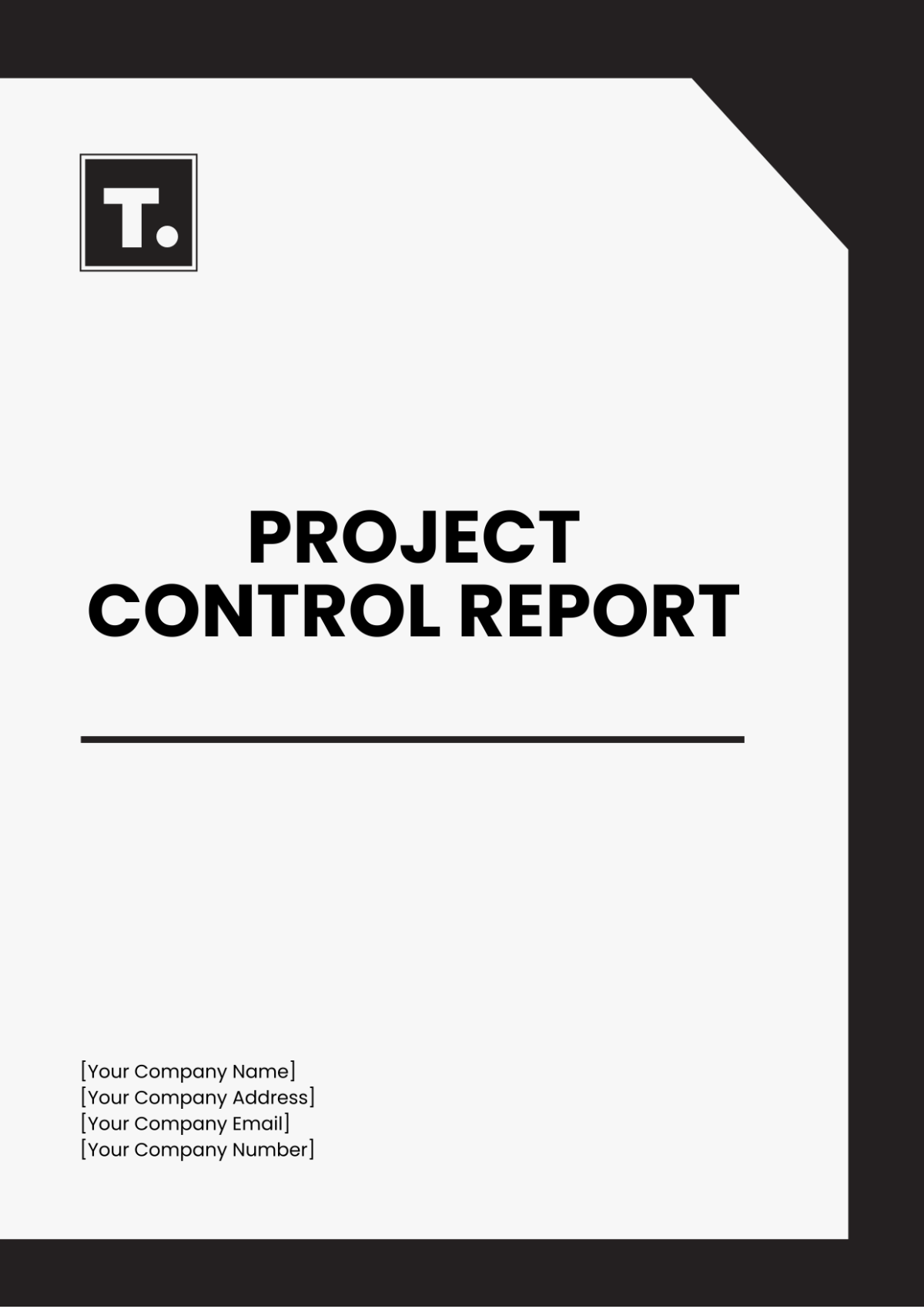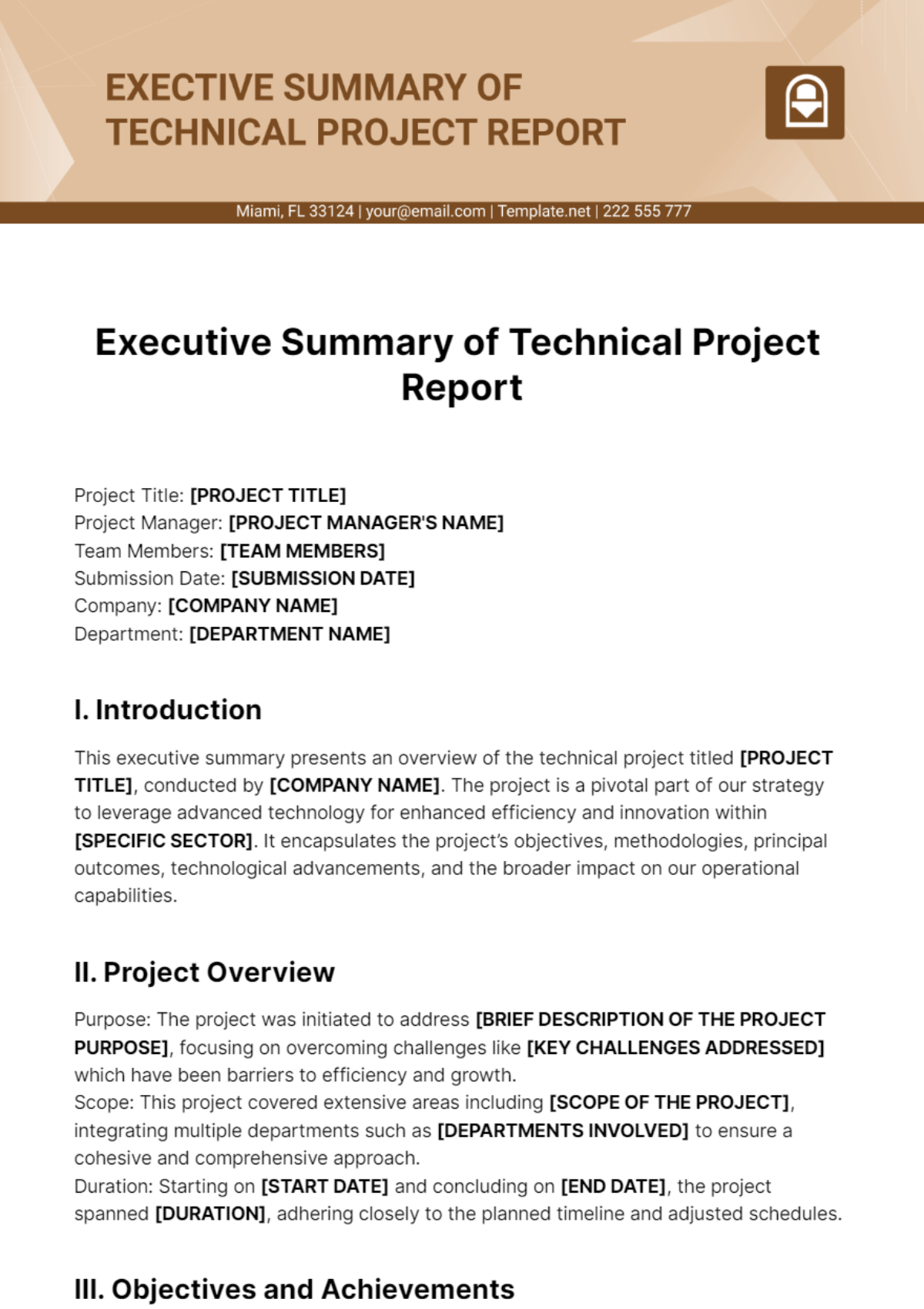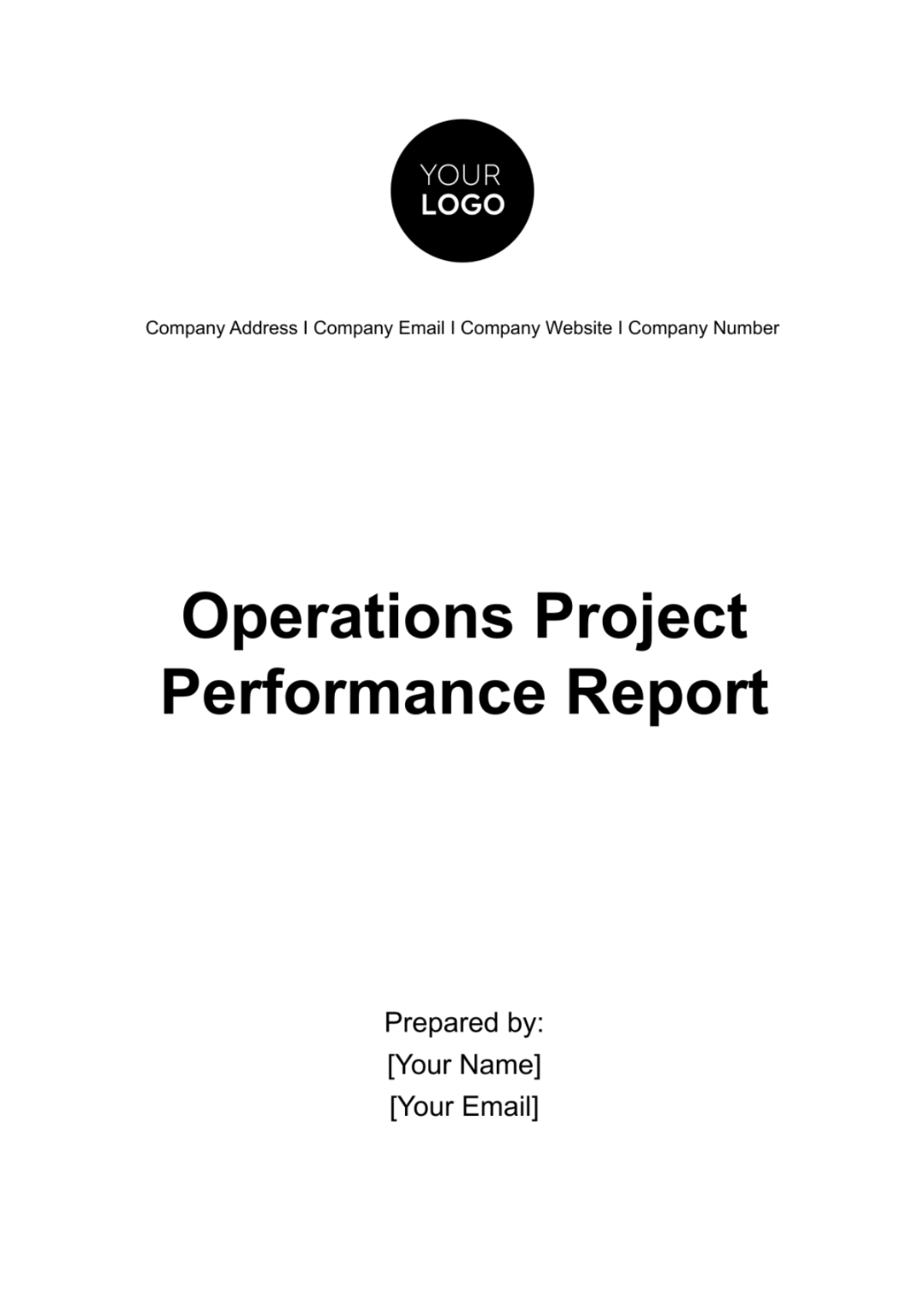Lab Report Structure
Prepared by: [Your Name]
Date: [Date]
I. Abstract
This experiment investigates the effect of varying light intensity on the rate of photosynthesis in the aquatic plant Elodea. The rate of photosynthesis was measured by counting the number of oxygen bubbles produced over a set period. Results indicated a positive correlation between light intensity and the rate of photosynthesis up to a certain point, beyond which the rate plateaued. These findings can contribute to the understanding of how plants adapt to different environments and optimize light utilization for growth.
II. Introduction
Photosynthesis is a fundamental process that converts light energy into chemical energy, supporting life on Earth. This experiment aims to determine how light intensity influences the rate of photosynthesis in Elodea, an aquatic plant commonly used in scientific studies. The primary objective is to explore the relationship between environmental factors and plant productivity, which has broader implications for agriculture, ecology, and understanding plant physiology.
III. Materials and Methods
A. Materials
Elodea plant samples
Beakers (250 ml)
Advanced light source (adjustable intensity LED lamp with precise digital control)
Digital timer and high-precision thermometer
Scalpel, ruler, and measuring tape
Dechlorinated water
Sodium bicarbonate solution (0.1 M)
Photometer (digital with lux meter and wavelength specificity)
Digital bubble sensors (for precise oxygen measurement)
B. Methods
Preparation
Elodea plant samples were cut into 10 cm segments and placed in beakers containing dechlorinated water to minimize the impact of chlorine on plant health. A 0.1 M sodium bicarbonate solution was added to each beaker to provide a consistent source of dissolved CO2 necessary for photosynthesis. The plant samples were then acclimatized under controlled low-light conditions for 24 hours to standardize their initial physiological state.
Experimental Setup
The beakers were arranged at varying distances (10 cm, 20 cm, 30 cm, 40 cm, and 50 cm) from a digitally controlled adjustable intensity LED lamp, which provided a consistent light source with minimal heat emission to avoid temperature fluctuations. The light intensity at each distance was precisely measured using a photometer, and the environment was monitored using high-precision thermometers to ensure a constant temperature of 25°C across all beakers.
Additionally, digital bubble sensors were positioned in each beaker to accurately count the oxygen bubbles produced, enhancing the reliability of the data collection process.
Data Collection
The rate of photosynthesis was assessed by counting the oxygen bubbles produced every minute for 10 minutes in each beaker. Three trials were conducted for each light intensity, and the average number of bubbles per minute was calculated. The digital bubble sensors recorded data automatically, reducing the margin of error associated with manual counting. The results were logged in a central database for analysis
IV. Results
Distance from Lamp (cm) | Light Intensity (Lux) | Average Bubbles per Minute |
|---|---|---|
10 | 2000 | 37 |
20 | 1500 | 30 |
30 | 1000 | 20 |
40 | 500 | 12 |
50 | 250 | 5 |
V. Discussion
The results from this experiment demonstrate a clear relationship between light intensity and the rate of photosynthesis in Elodea. As light intensity increased from 250 lux to 2000 lux, the number of oxygen bubbles produced per minute also increased, indicating a higher rate of photosynthesis. This supports the hypothesis that light intensity directly influences photosynthetic activity up to a certain threshold. Beyond approximately 1500 lux, the rate of photosynthesis plateaued, suggesting an optimal range for maximizing efficiency without wasting energy.
Potential sources of error in this experiment include slight variations in water temperature and CO2 concentration, as well as inaccuracies in measuring light intensity due to spatial constraints. Future experiments could enhance accuracy by using automated systems to control environmental conditions more precisely and employing digital sensors to measure bubble volume and release rate. Further research could also explore the effects of different light wavelengths on photosynthesis in Elodea. This would help optimize light conditions for agricultural applications, particularly in controlled environments like greenhouses and vertical farms.
VI. Conclusion
This experiment has shown that light intensity significantly impacts the rate of photosynthesis in Elodea plants up to a certain limit. These findings are crucial for understanding the interplay between light and plant growth, which has applications in fields ranging from agriculture to ecology, and even space exploration. By identifying the optimal light conditions for photosynthesis, we can better design agricultural systems that enhance productivity and sustainability. This knowledge is valuable for developing strategies to optimize plant growth in various environments, whether on Earth or in extraterrestrial settings.
VII. References
Taiz, L., & Zeiger, E. (2050). Plant Physiology (10th ed.). Sinauer Associates Inc.
Raven, P. H., Evert, R. F., & Eichhorn, S. E. (2049). Biology of Plants (10th ed.). W.H. Freeman and Company.
Smith, W. J. (2051). "An Introduction to Photosynthesis in the 21st Century." Journal of Biological Education, 30(2), 99-105.
VIII. Appendices
Appendix A: Raw Data
Distance from Lamp (cm) | Trial 1 | Trial 2 | Trial 3 | Light Intensity (Lux) |
|---|---|---|---|---|
10 | 38 | 36 | 37 | 2000 |
20 | 29 | 31 | 30 | 1500 |
30 | 21 | 19 | 20 | 1000 |
40 | 13 | 11 | 12 | 500 |
50 | 5 | 4 | 6 | 250 |

